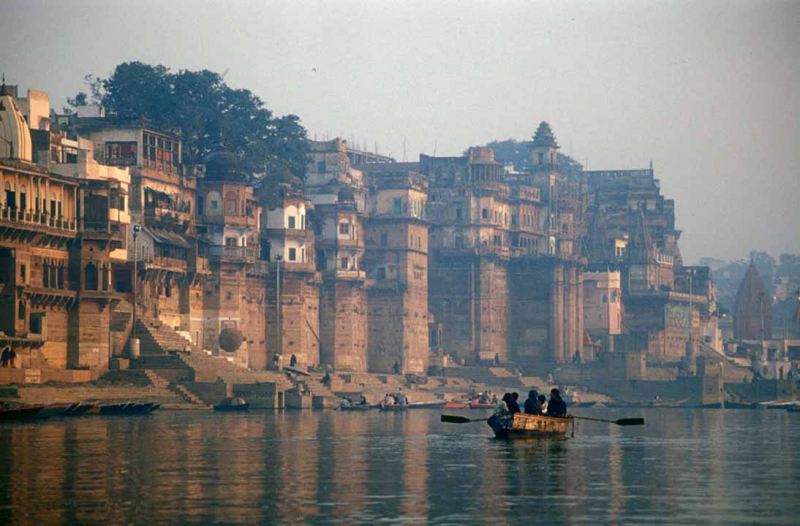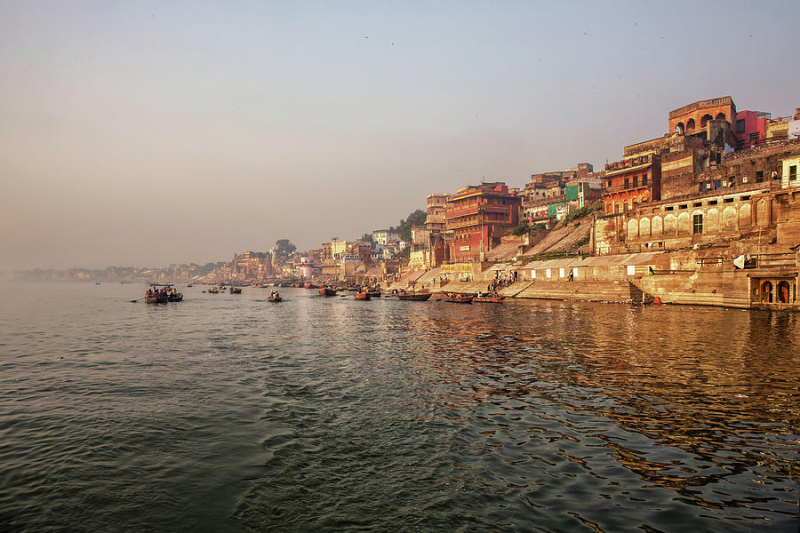Ganges is mentioned many times in ancient Indian literature
The second interesting fact about the Ganges is that it was mentioned many times in ancient Indian literature.
The Vedic Age (c. 1500 - c. 500 BCE) was a time in Indian subcontinent history that began at the end of the Indus Valley Civilization and before the second urbanization in the middle Indo-Gangetic Plain. It is called after the four Vedas, Hinduism's earliest writings. One of the four great ancient civilizations, the Indus Valley Civilization, was founded on the rivers Indus and Sarasvati. The Rig Veda, one of the oldest existing scriptures in any Indo-European language, so emphasizes Indus and Sarasvati, while the Ganges is referenced as well. The fall of the Indus Valley Civilization in the early second millennium BC indicates the transition of the Indian civilization's center of gravity from the Indus basin to the Ganges basin. As a result, the Ganges is given far more prominence in the latter three Vedas. The narrative of Ganga is recorded in ancient Indian scriptures such as the Ramayana, the Mahabharata, and various Puranas. Goddess Ganga is the wife of Shantanu and the mother of the legendary warrior-patriarch Bhishma in the Mahabharata. Throughout ancient Indian literature, there are countless additional legends about the Goddess Ganga.







